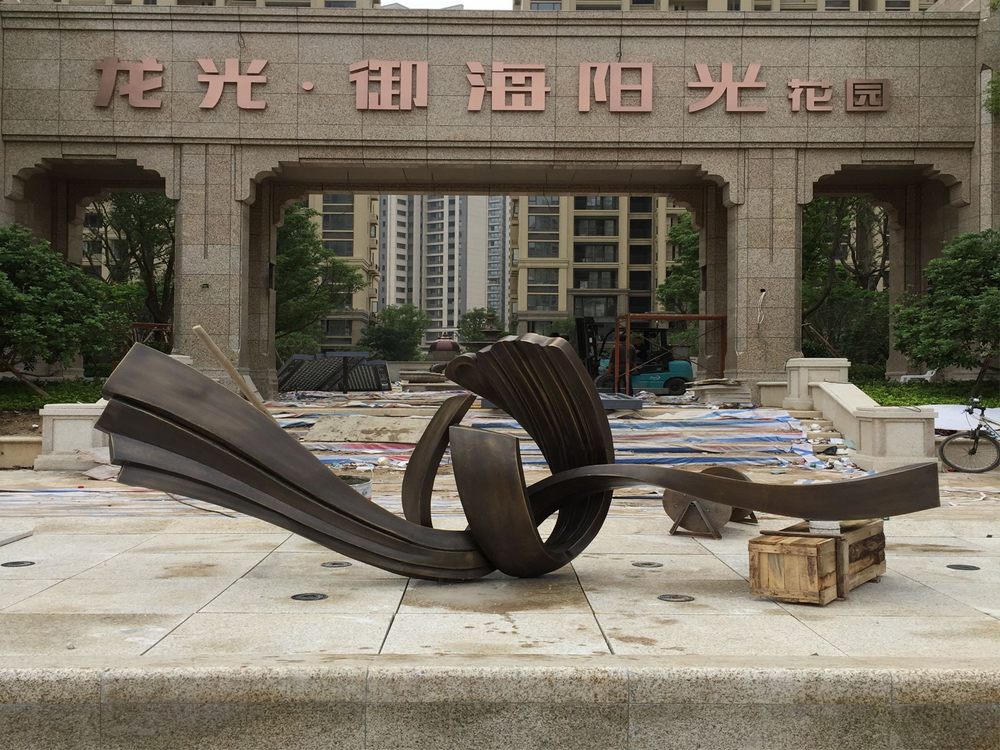
Stone sculptures are not merely artistic expressions but profound reflections of the cultural and historical contexts in which they are created. Across civilizations, the design of stone sculptures has been deeply influenced by local traditions, religious beliefs, and societal values. For instance, ancient Egyptian sculptures often depicted pharaohs and deities with rigid, symmetrical forms, symbolizing eternal power and divine order, while Greek sculptures celebrated human idealism and dynamic movement, mirroring their philosophical and democratic ideals.
In Asia, Buddhist stone carvings from India to China embody spiritual teachings, with intricate details conveying compassion and enlightenment. Similarly, Mesoamerican cultures like the Maya and Aztec used stone sculptures to honor gods and record historical events, blending artistry with political and religious narratives.
Historical events also leave their mark. The Renaissance revival of classical techniques in Europe, or the impact of colonialism on indigenous sculptural practices, demonstrate how shifting power dynamics reshape artistic expression. Even today, contemporary stone sculptors draw from these rich legacies, merging traditional motifs with modern aesthetics.
Ultimately, stone sculptures serve as timeless bridges between past and present, revealing how culture and history continuously mold artistic vision. By studying these works, we gain insights into the values, struggles, and aspirations of the societies that created them.

